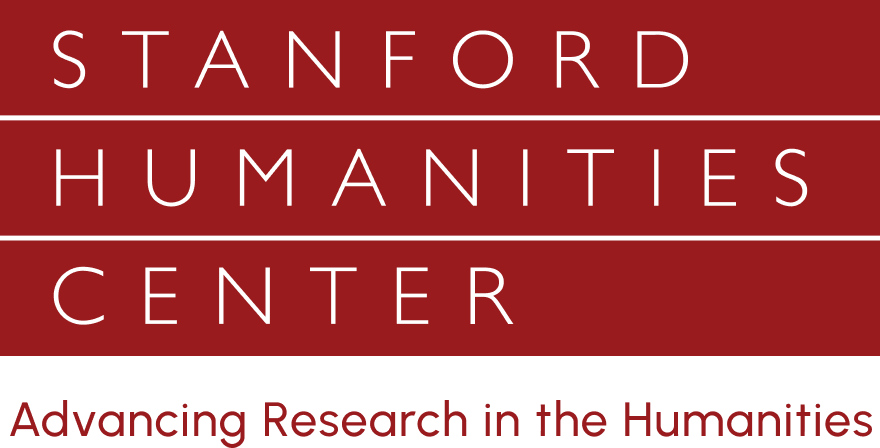The Working Group in Literary and Visual Culture at Stanford University invites you to Sounds of the Western Paradise: Imagining Heavenly Music in Utsuho Monogatari, presented by Katherine Whatley, Stanford PhD Candidate in the Department of East Asian Languages and Cultures.
In Utsuho Monogatari—a tenth century Japanese vernacular tale—Toshikage, an envoy to China gets shipwrecked on exotic Hashikoku. He encounters ascetics and devas (Buddhist deities) who transmit koto performance techniques and bestow magical instruments upon him before his return to Japan. Hashikoku is depicted as a liminal place at the edge of knowledge, and of this world, close to the Western Paradise, near sacredness itself. Toshikage’s quest for music guides him closer to the edge of knowledge, where music and religion can be directly experienced from Buddhist deities. This liminal place is a deeply Buddhist place filled with music, and especially, the koto (transverse Japanese harp).
Through examining a series of illustrations from later Nara ehon illuminated manuscripts and woodblock prints, this paper explores the musical and religious symbolism of the koto in the first chapter of Utsuho. These later illustrated editions act as a kind of visual reception history, and show how Hashikoku, a place of sonic imaginary and closeness to the Buddhist realm, continued to have symbolic reverberations long after tenth century. Both in the original text and the later illustrations, the narrative ties Toshikage’s shipwreck to Buddhist iconography and the koto, setting up a parallel between Buddhist religious transmission and koto transmission, elevating the status of the koto to that of a spiritual and holy instrument imbued in exotic foreignness. In addition the koto acts as a kind of conduit between the Western Paradise and this earthly realm. Utsuho is filled with symbolic connections between music and Buddhism, showing a closeness between the Western Paradise, music, and the corporeal form of the koto. In this way, I will demonstrate the deep connection between material object of the koto, music and Buddhism in Heian Japan and in later centuries.
About the Series
Research Workshop in Honor of John Bender
The Working Group in Literary and Visual Culture is made possible by support from an anonymous donor honoring the work of former SHC Director John Bender, the Mellon Foundation, and the National Endowment for the Humanities.
Related Events
Shane Denson | Algorithmic Embodiment

Susanna Berger | Justifiable Obscurity in Counter-Reformation Visual Art






